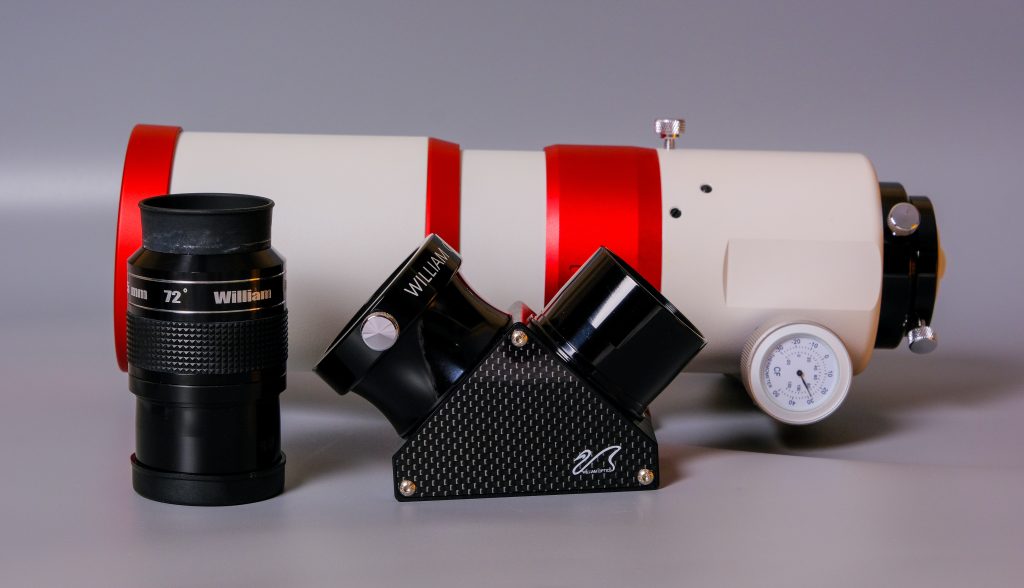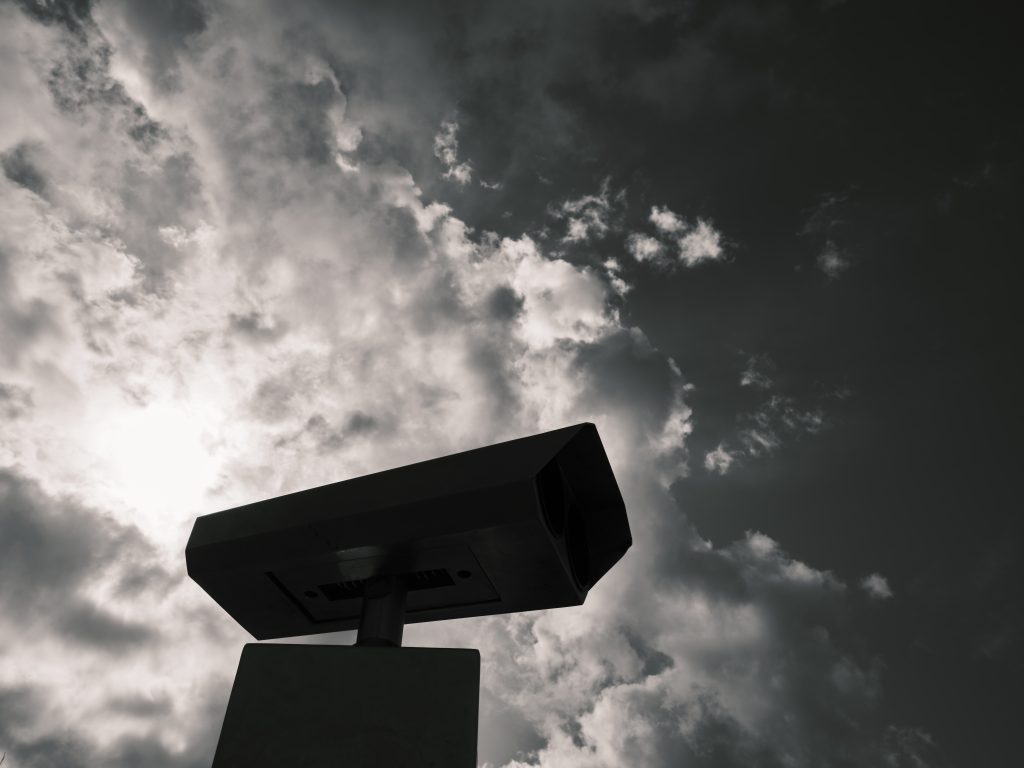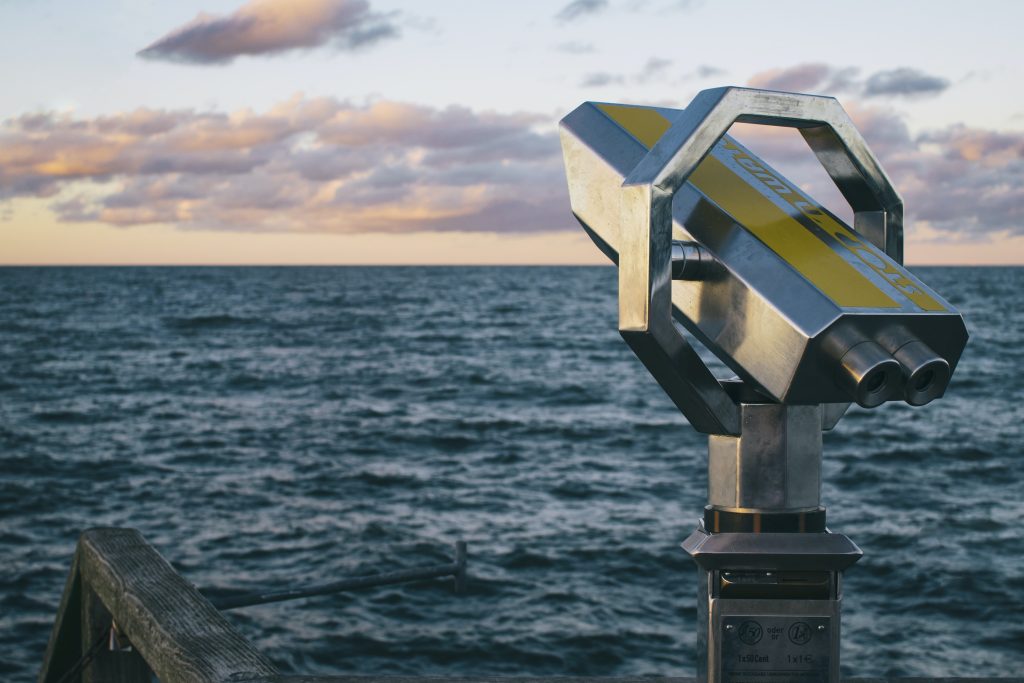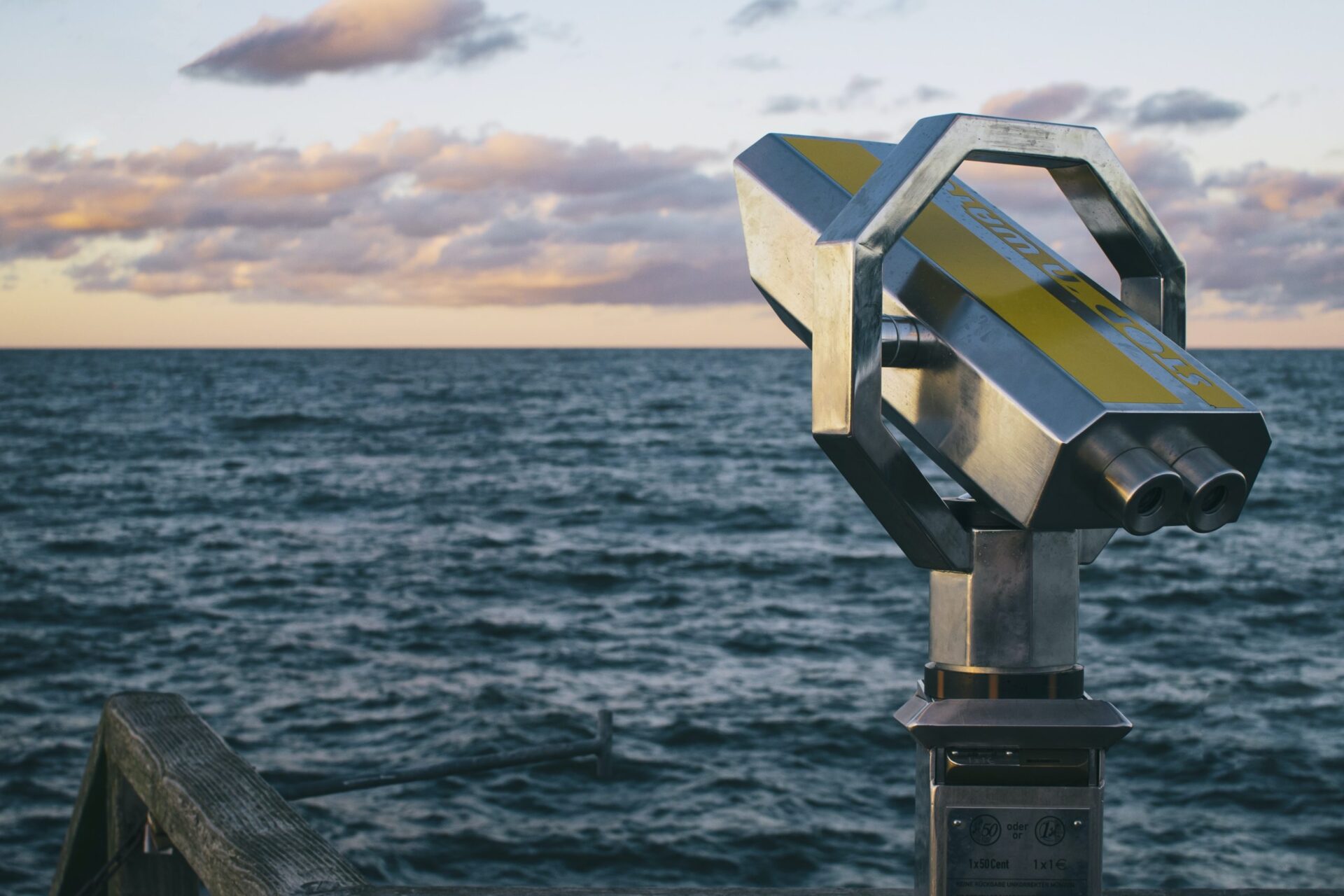Have you ever wondered about the difference between a fixed focal length and a zoom eyepiece? Well, let me shed some light on this topic for you.
A fixed focal length eyepiece has a set magnification power and cannot be adjusted. It provides a consistent and specific view, allowing you to focus on a particular object or detail. On the other hand, a zoom eyepiece offers a range of magnification options that can be adjusted according to your preference. With a zoom eyepiece, you have the flexibility to explore different levels of magnification and get a closer look at various objects in your field of view. Overall, the main difference lies in the ability to adjust the magnification level – fixed focal length eyepieces offer a stable and specific magnification, while zoom eyepieces provide versatility and the freedom to vary the magnification.
Definition of Fixed Focal Length and Zoom Eyepiece
Fixed Focal Length Eyepiece Definition
In the world of optics, a fixed focal length eyepiece, also known as a single magnification eyepiece, is a type of eyepiece that offers a fixed magnification power. This means that once you attach a fixed focal length eyepiece to your telescope, the magnification level remains constant. Fixed focal length eyepieces come in various sizes, typically ranging from 4mm to 40mm, and each size provides a different field of view and magnification power.
Zoom Eyepiece Definition
On the other hand, a zoom eyepiece, as the name implies, allows you to adjust the magnification level. It offers a range of focal lengths, which can be adjusted by twisting a ring on the eyepiece barrel. This flexibility allows you to easily change the magnification while observing celestial objects, giving you the freedom to explore different levels of detail. Zoom eyepieces usually have a specified focal length range, such as 8-24mm, giving you the ability to change the magnification within that range.
Optical Characteristics
Field of View
The field of view refers to the area of the sky visible through the eyepiece. In general, fixed focal length eyepieces have a wider field of view compared to zoom eyepieces. This wider field of view allows you to observe larger portions of the night sky at once, making it easier to locate and track objects of interest. On the other hand, zoom eyepieces tend to have a narrower field of view, especially at higher magnifications, limiting the amount of sky you can see at once.
Magnification Range
Fixed focal length eyepieces offer a single, fixed magnification power. This can be advantageous if you prefer a consistent view without the need to constantly adjust the magnification. However, zoom eyepieces provide the convenience of adjusting the magnification to suit your needs. This versatility allows you to zoom in for more detailed observations or zoom out for a wider view of the night sky.
Edge-to-Edge Sharpness
When it comes to edge-to-edge sharpness, fixed focal length eyepieces tend to have an advantage. Due to their dedicated design for a specific magnification, they can often provide a consistently sharp and detailed image across the entire field of view. On the other hand, zoom eyepieces may exhibit some slight degradation in edge sharpness, especially at the extreme ends of their focal length range. However, modern zoom eyepieces have made significant improvements in edge-to-edge sharpness, offering high-quality views throughout their zoom range.

Versatility and Convenience
Fixed Focal Length Eyepiece
Fixed focal length eyepieces are highly regarded for their simplicity and reliability. They offer a consistent view and are often preferred by astronomers who value a stable and predictable experience. If you have a particular magnification level that you frequently use or prefer, a fixed focal length eyepiece can be a great choice.
Zoom Eyepiece
Zoom eyepieces provide unparalleled convenience and versatility. With a simple twist, you can adjust the magnification to suit different observing situations and objects. This flexibility makes them an excellent choice for beginners, as well as more experienced astronomers who enjoy the freedom to explore different levels of detail. Whether you are observing the Moon, planets, or deep-sky objects, a zoom eyepiece allows you to quickly adapt to changing conditions and tailor your observations to your preferences.
Image Quality
Chromatic Aberration
Chromatic aberration, also known as color fringing, is a common optical issue that can affect image quality. Fixed focal length eyepieces, especially high-quality ones, are often designed to minimize chromatic aberration, resulting in clear and color-corrected views. While zoom eyepieces can also provide good color correction, they may exhibit slightly more chromatic aberration, particularly at the higher magnifications.
Distortion
Distortion refers to the deformation or alteration of the perceived image. When it comes to distortion, fixed focal length eyepieces are generally superior. They are designed to provide minimal distortion, ensuring accurate and undistorted views of celestial objects. While some zoom eyepieces may exhibit slight distortion, it is often negligible and does not significantly impact the overall image quality.
Contrast and Color Fidelity
Both fixed focal length and zoom eyepieces can provide excellent contrast and color fidelity. However, it is essential to consider the quality of the specific eyepiece model. Higher-end eyepieces, whether fixed focal length or zoom, are typically designed and constructed to deliver exceptional contrast and accurate color reproduction. Investing in high-quality eyepieces can significantly enhance your observing experience, regardless of the type.

Price Range
Fixed Focal Length Eyepiece
Fixed focal length eyepieces come in a wide range of prices, depending on the quality, brand, and size. Entry-level fixed focal length eyepieces can be quite affordable, starting from around $20. However, as you move up to higher-quality eyepieces with better optical characteristics, the prices can range from $100 to several hundred dollars.
Zoom Eyepiece
Zoom eyepieces generally have a higher price range compared to fixed focal length eyepieces. This is due to the added complexity and versatility they offer. Entry-level zoom eyepieces can start from around $50, while premium models can cost several hundred dollars. It is important to note that investing in a good-quality zoom eyepiece can provide long-term value and convenience.
Ease of Use
Changing Eyepieces
When using fixed focal length eyepieces, changing the magnification requires physically swapping the eyepieces. This can be slightly time-consuming, especially if you want to quickly zoom in or out. On the other hand, zoom eyepieces offer the advantage of adjusting the magnification on the fly with a simple twist of a ring. This makes them extremely user-friendly and convenient, particularly for observing sessions that involve frequent changes in magnification.
Focusing and Adjusting
In terms of focusing and adjusting, both fixed focal length and zoom eyepieces are relatively straightforward to use. Focusing your telescope with either type of eyepiece is typically done by adjusting the telescope’s focusing mechanism. Once the initial focus is achieved, both types of eyepieces allow you to fine-tune the focus using the focusing ring on the eyepiece itself. This allows for quick and precise focusing, ensuring optimal image clarity.

Weight and Compactness
Fixed Focal Length Eyepiece
Fixed focal length eyepieces are generally more compact and lightweight compared to zoom eyepieces. This compactness makes them easy to carry and store, particularly if you plan to take your telescope on outdoor adventures or travel. Their lightweight nature also reduces the strain on your telescope’s mount, minimizing any potential balance issues.
Zoom Eyepiece
Zoom eyepieces tend to be bulkier and heavier due to their internal optical elements and the mechanism for adjusting focal length. While this might not be ideal for those looking for a lightweight setup, the added weight can provide stability and balance when attached to the telescope. Additionally, the convenience of a zoom eyepiece often outweighs the slightly larger size and weight.
Application in Astronomy
Observing Planets and Moon
Both fixed focal length and zoom eyepieces can be used for observing planets and the Moon. Fixed focal length eyepieces are well-suited for planetary observations, as they often provide higher magnifications and superior edge-to-edge sharpness. However, with a zoom eyepiece, you can easily adjust the magnification to find the optimal level for capturing details on the planetary surfaces or the intricate features of the Moon.
Deep-Sky Observations
For deep-sky observations, such as galaxies, nebulae, and star clusters, a wide field of view is crucial to capture the vastness of the objects. In this regard, fixed focal length eyepieces excel, as they typically offer wider fields of view compared to zoom eyepieces. This wider field allows for a more immersive viewing experience, revealing the extensive structures and intricate details of these celestial wonders.
Photography and Digiscoping
If you are interested in astrophotography or digiscoping (photographing through a telescope), both fixed focal length and zoom eyepieces can be used. Fixed focal length eyepieces are often favored by astrophotographers who seek precise control over the magnification and focal length. On the other hand, zoom eyepieces offer flexibility for capturing different compositions and adjusting the magnification to capture specific details or objects of interest.
Conclusion
In conclusion, the choice between a fixed focal length and zoom eyepiece ultimately depends on your observing preferences and needs. Fixed focal length eyepieces offer consistent magnification, wide fields of view, and excellent edge-to-edge sharpness. They are a popular choice for dedicated planetary observers and those who value image quality and simplicity. On the other hand, zoom eyepieces provide convenience, versatility, and the ability to adjust the magnification on the go. They are ideal for those who enjoy exploring different levels of detail and require flexibility in their observations. Whatever your choice may be, investing in high-quality eyepieces will undoubtedly enhance your astronomical journey and allow you to fully appreciate the wonders of the night sky.











